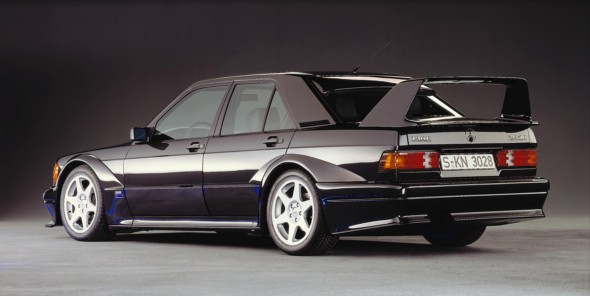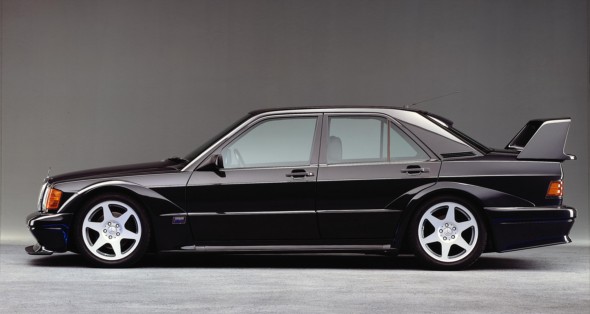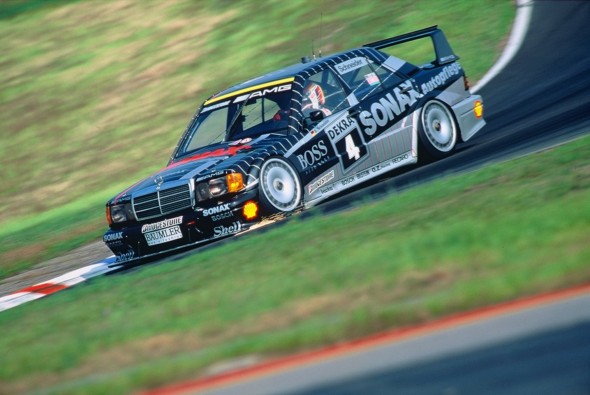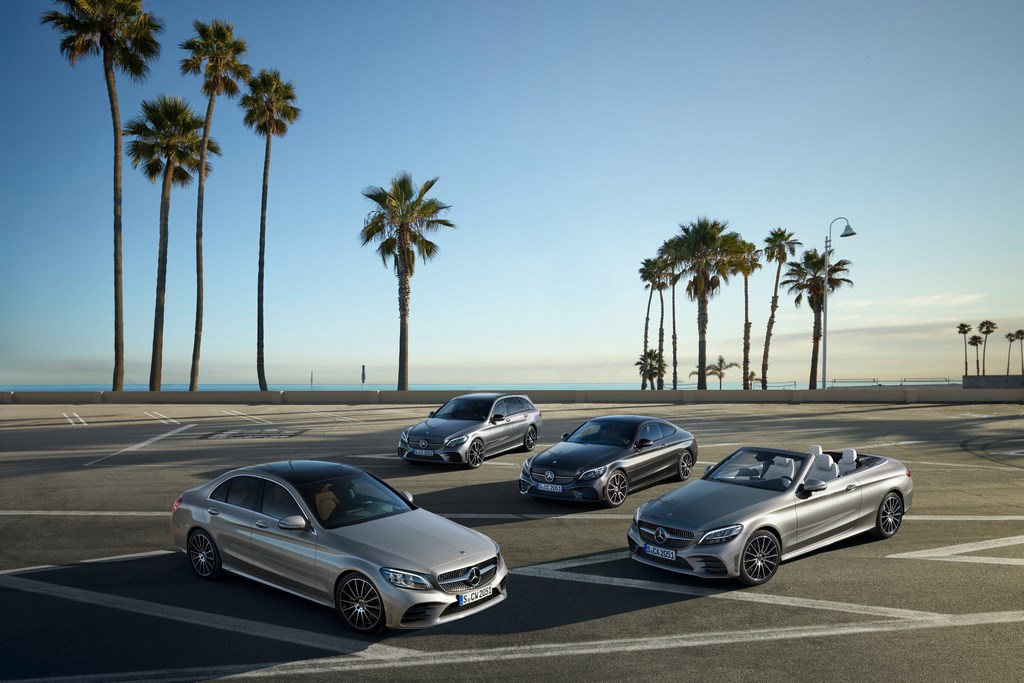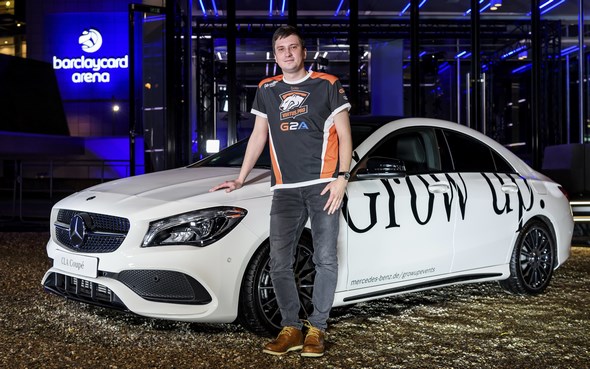Miscellaneous
190 E 2.5-16 Evolution II: Compact dynamism
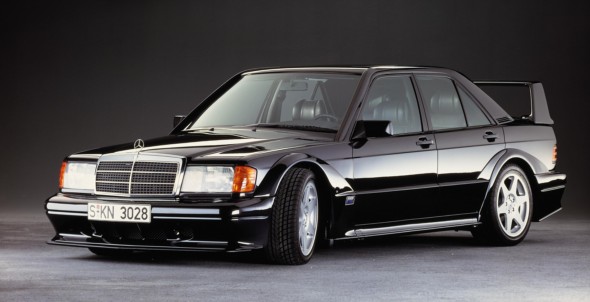
- March 8 – 18, 1990: Premiere of the 190 E 2.5-16 Evolution II
- Only 502 units built
- Perfect basis for motor sport
The Mercedes-Benz 190 (201 series) introduced in 1982 rapidly made a name for itself as the “Baby-Benz”. But who would have thought that it would also acquire a reputation as a compact sports car over the years and after several engine and equipment refinements? This development finally culminated in the 190 E 2.5-16 Evolution II which made its debut at the Geneva Motor Show in March 1990.
A first sports version came onto the market in 1983: in the ECE version, the engine of the 190 E 2.3-16 developed 185 hp (136 kW) and accelerated the car from standstill to 100 km/h in 7.5 seconds; the top speed was 230 km/h. The 190 E 2.5-16 which followed in 1988 with an advanced 195 hp (143 kW) sixteen-valve engine boasted similar performance.
These were the sort of top-class performance figures which warranted the car’s use in motor sport. As early as 1985, the 190 E 2.3-16 was entered by private teams first in the French production car championships and from 1987 also in the German Touring Car Championships (DTM). In 1988, Daimler-Benz became active by officially supporting teams competing in the DTM.
One year later, a homologation version with type approval for road use, the 190 E 2.5-16 Evolution I, made its debut. Engine output had remained the same but the running gear had been modified for the sort of racetrack work for which the EVO I had been designed, forming as it did the basis for a Group A DTM touring car. Of this model, 502 units were built to obtain homologation – a precondition for participation in motor sport. This model was highly successful in numerous races. Demands, however, were rising and so, the only logical step was to develop an even more powerful EVO.
This new car – the 190 E 2.5-16 Evolution II – celebrated its world premiere at the Geneva Motor Show in March 1990. The 2.5 liter engine of the EVO II, as the car was known for short, developed an output of 235 hp (173 kW) and a torque of 245 Newton meters between 5000/min and 6000/min. The car, weighing some 1300 kilograms, accelerated from standstill to 100 km/h in just 7.1 seconds and reached a top speed of 250 km/h.
The sports suspension afforded highly precise handling, being adjustable to three different heights by means of an inconspicuous switch to the left of the steering wheel. Sports seats gave the driver and front passenger firm support while rear passengers were provided with two contoured individual seats.
The EVO II stood out for its bodywork modifications designed to reduce drag still further and to raise downforce at the front and rear axles. Particularly distinctive and eye-catching features were the large rear airfoil and the wheelarch flares.
And so the EVO II caused quite a stir, quite literally. Within three months, a small series of 502 units was produced to obtain homologation for motor sport. The car’s price was self-assured, in keeping with its performance. The EVO II was to be had at a price of DM 115,260 (equivalent to € 58,932) – with air conditioning at DM 119,717 (€ 61,210). Buyers were ensured exclusiveness in return: every EVO II had a plate with its consecutive number next to the shift lever.
The car may have been ever so well developed and designed – for the motor sport teams, it was no more than the basis for additional modifications. And there was plenty of scope for the latter: engine output was boosted to well over 300 hp and the car’s weight was reduced to less than 1,000 kilograms, resulting in a top speed in the range of 300 km/h. It is therefore not surprising that the EVO II was a highly successful competitor on the racetrack – as borne out by the DTM driver’s title clinched by Klaus Ludwig in 1992.

